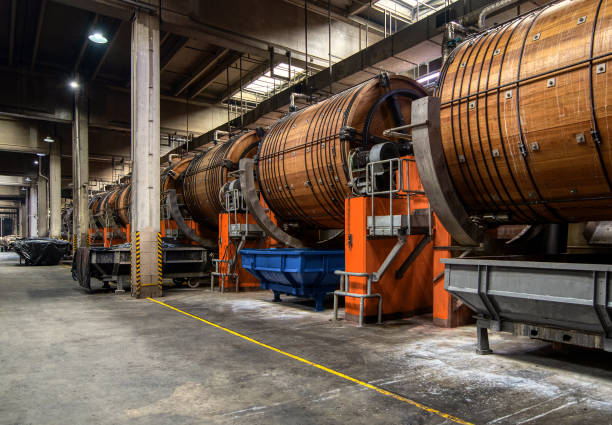

Mehr lesen

comunidad crush
Transparency and Honesty at CRUSH LEATHER GOODS: A Firm Commitment
In the world of fashion, where elegance and exclusivity are paramount, it is easy to forget that behind every product there is a supply chain that must operate with the highest ethical standards. A...
Weiterlesen
comunidad crush
The Legend of the Red Thread: An Eternal and Unbreakable Bond
Just as the red thread is unbreakable, at CRUSH Leather Goods we strive to create durable and high-quality products that accompany our customers throughout their lives. With proper care, our leathe...
WeiterlesenINTERNATIONALER VERSAND
100% Leder
Handgefertigt
Sichere Zahlungen






Hinterlasse einen Kommentar
Diese Website ist durch hCaptcha geschützt und es gelten die allgemeinen Geschäftsbedingungen und Datenschutzbestimmungen von hCaptcha.